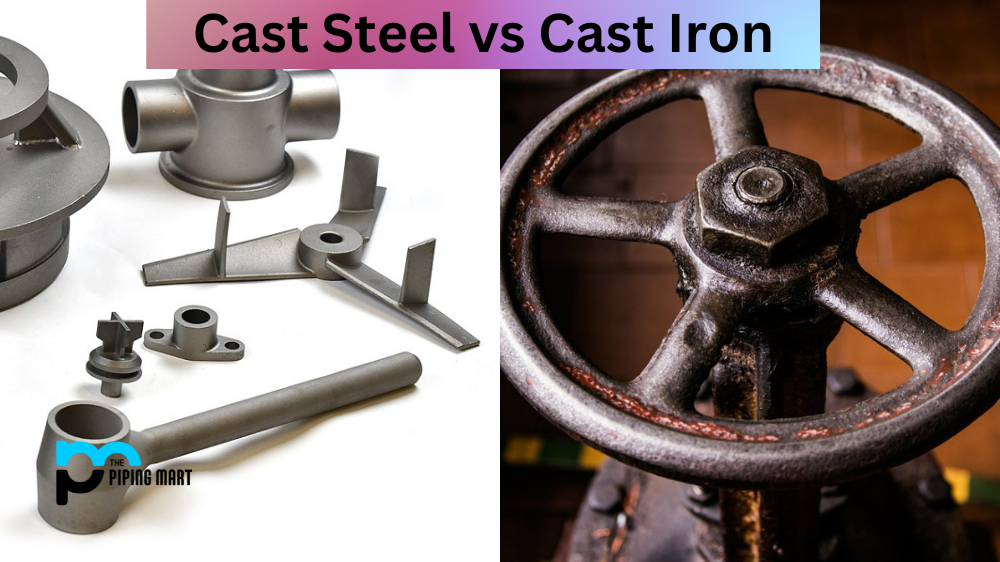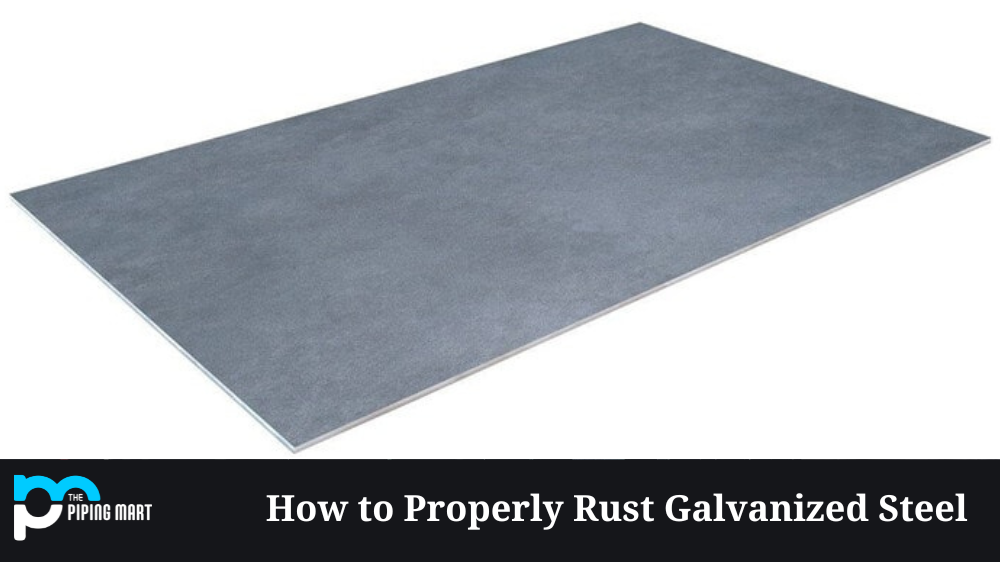Cast steel and cast iron are two commonly used materials in a variety of industries. These two metals have many similarities, but there are also some key differences between them that make each one useful for different applications. In this article, we will examine the characteristics of both cast steel and cast iron to help you decide which one is best for your project.
What Is Cast Steel?
Cast steel is an alloy of carbon and iron that is heated until it liquefies. This molten metal is then poured into moulds, where it hardens into the desired shape. Cast steel can be made in any form, so it is often used to create parts with intricate shapes or complicated designs. It also has a higher strength-to-weight ratio than most other metals, making it ideal for applications where weight is a factor.
What Is Cast Iron?
Cast iron is another alloy of carbon and iron, but unlike cast steel, it contains more carbon than iron. As a result, cast iron has a much lower melting point than cast steel and can be moulded into shapes without requiring extreme temperatures or pressure. This makes it a popular choice for manufacturing items like cookware or engine components. However, because of its high carbon content, it does not have the same strength as cast steel and is prone to rusting if not properly maintained or sealed against moisture exposure.
Difference Between Cast Steel and Cast Iron
Composition
Cast steel is an alloy of iron, carbon, and other elements. The carbon content of cast steel is usually between 0.2% and 2.14%. By contrast, cast iron typically contains 2% to 4% carbon.
Strength
Cast steel is stronger than cast iron. This is due to the lower carbon content of cast steel, which makes it less brittle than cast iron.
Ductility
Cast steel is more ductile than cast iron. This means that it can be stretched or drawn into a wire without breaking.
Machinability
Cast steel is easier to machine than cast iron. This is due to the lower carbon content of cast steel, which makes it less hard and less brittle.
Weldability
Cast steel can be welded more easily than cast iron. This is due to the lower carbon content of cast steel, which makes it less hard and less brittle.
Corrosion Resistance
Cast steel is more resistant to corrosion than cast iron
Conclusion:
Cast steel and cast iron are both versatile materials with unique properties that make them ideal for specific applications. When deciding which material to use in your project, consider the strength-to-weight ratio you need as well as any environmental factors that could contribute to corrosion or rusting over time. Both materials offer distinct advantages depending on the ultimate purpose of your project, so understanding the differences between them can help you make an informed decision about which material will work best for you.

Pipingmart is a B2B portal that specializes in metal, industrial and piping items. Additionally, we share the latest information and information about materials, products and various types of grades to assist businesses that are involved in this business.




